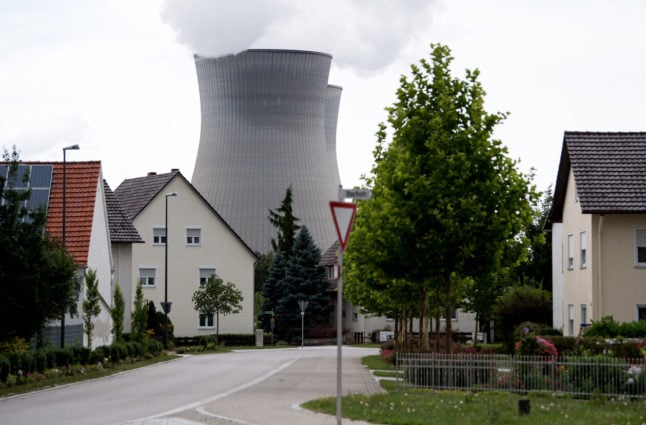But no reactor faced any immediate shutdown, it said.
It also called for a “rapid reaction force” to be operational by the end of 2014 that could intervene in a nuclear accident in less than 24 hours.
The recommendations, handed to Prime Minister François Fillon, were drafted by the Nuclear Safety Authority (ASN) as part of an inspection of France’s nuclear industry in the light of the March 11th nuclear catastrophe in Japan.
“The ASN believes that the installations that have been assessed have a sufficient level of safety to warrant it not to request any immediate shutdown,” the agency said.
“At the same time, the ASN believes that continuing operations require existing safety margins to be strengthened as swiftly as possible.”
It gave operators until June 30th to spell out measures to strengthen safety in response to floods and earthquakes, providing for instance backup systems for power, coolant and plant operations, and their procedures for handling an emergency.
The measures should aim at “preventing a serious accident or limiting its spread” and “limiting massive releases (of radioactivity) in an accident scenario,” the ASN said.
The measures will require “tens of billions of euros in investment,” the ASN’s president, André-Claude Lacoste, told a press conference.
He noted that a single emergency diesel generator, designed to be protected against floods, costs “tens of millions” of euros. Another major expense would be building “bunkers” to serve as emergency backup for plant controllers.
“I don’t see how this cannot have an impact on (electricity) prices,” he warned.
A senior executive with the state-owned electricity provider Electricite de France (EDF) said the recommendations would lead to additional costs for the corporation of up to €10 billion ($13 billion).
“We had scheduled investment of around €40 billion (over 30 years) in our 58 reactors on the basis of plant operational life of up to 60 years,” said Jean-Marc Miraucourt, head of engineering for nuclear facilities.
“Our preliminary estimates are that we will be in the range of €40 to €50 billion,” he told AFP.
Pre-Fukushima, EDF estimated the overall cost of nuclear-generated electricity at €46 per megawatt-hour. This is now likely to be revised to €46-50 per megawatt-hour, he said.
Fillon’s office said the government would ensure that ASN’s requests would be carried out “in their entirety (and) on time.”
An anti-nuclear group, the Nuclear Observatory, dismissed the ASN report as a whitewash and Greenpeace said the billions of euros should be spent on alternative energy sources.
France is the most nuclear-dependent country in the world, deriving 75 percent of its electricity needs from 58 reactors, most of which were built in response to the oil shocks of the 1970s.
The programme gave birth to a massive state industry, with giants such as the nuclear plant builder Areva and operator EDF as well as the Atomic Energy Commission (CEA), which carries out civilian and military research.
But a decades-long “nuclear consensus” gathering all the major parties was badly shaken by the March 11th earthquake that ravaged the Fukushima Daiichi plant in northeastern Japan.
The issue is rising up the political agenda ahead of key elections this year.
In November, the opposition Socialist Party joined with the Greens to campaign for France to scale back its reliance on nuclear to 50 percent by 2025 by shutting 24 reactors and boosting production from wind, solar and other renewable sources.
France will vote in the first round of a presidential election in April and potentially a second round in May, followed by a two-round parliamentary election in June.


 Please whitelist us to continue reading.
Please whitelist us to continue reading.
Member comments